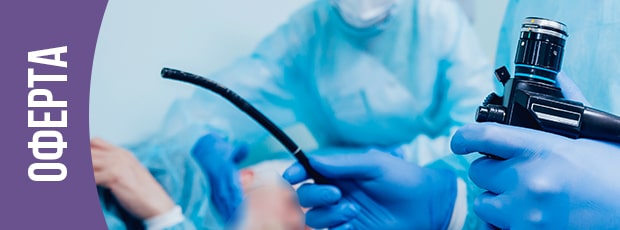A canthoplasty is an eyelid surgery used to strengthen the lateral canthal ligament and its surrounding supporting structure, or elevate the outer corner of the eye-the angle where the upper and lower eyelids join, forming a horizontal V. The goal is to strengthen the tissues of the canthus to maintain the normal position and relationship between the eyelid and eyeball. Canthoplasty is the medical name for the procedure, but it is also popularly known as fox eyes or cat eyes.
Readings
Loosening of the eyelid due to aging often causes drooping of the outer corner of the lower eyelids. However, it can also be caused by skin tightening due to poor cosmetic surgery, sun damage and skin cancer surgery. Moving the lateral canthal tendon to a higher position and fixing it to the bone can also give the eye the desired, exotic shape.
Procedure
Canthoplasty (also known as canthopexy) lifts the muscles in the outer corners of the lower eyelids. If desired, canthoplasty can also be used to reshape the outer corner of the eye. An incision is made exactly in the natural crease of the eye to minimize the visibility of scarring. The tendon is pulled up into a new position thus changing the shape of the eye. The lateral edge of the orbital bone is then permanently fixed. The duration of the canthoplasty is 45-60 minutes. It is recommended to do it with general anesthesia. Sometimes a more extensive procedure is needed and a new lower eyelid tendon must be made to restore the lax angle.
Follow-up instructions
- No bending, heavy lifting or weight-bearing exercises for ten days.
- Swelling that ranges from mild to severe can be expected.
- During the first two days, frequent use of a cold compress is recommended. It will reduce swelling and discomfort.
- You can take Paracetamol tablets if needed for the pain.
- Leakage of a small amount of blood is normal during the first 24 hours after surgery.
Risks
- Complications can occur with canthoplasty but are extremely rare.
- There may be some discomfort, swelling and possibly bruising.
- Infection is always possible, but it is rare after eyelid surgery.
- Haemorrhage can occur and there is the potential to affect vision.
- Damage to the muscle of the upper or lower eyelid can result in a droopy eyelid. Precautions are taken to prevent this from happening, but if it does, it can be repaired. In very rare cases, lower eyelid muscle damage can lead to double vision.
- If too much skin is taken from the upper eyelid, difficulty closing the eye may occur.
- As the skin of the upper eyelid is cut, a scar may develop. The cut is in the crease of the eyelid and will fade with time. However, if there is excessive scarring, this may require intervention.
You are the ones who will make the choice! We - ZIC Medical Karadjie, can help you find your plastic surgeon!
Whether you just want to find out more about the procedure in detail, or you've already made your decision, trust us!








